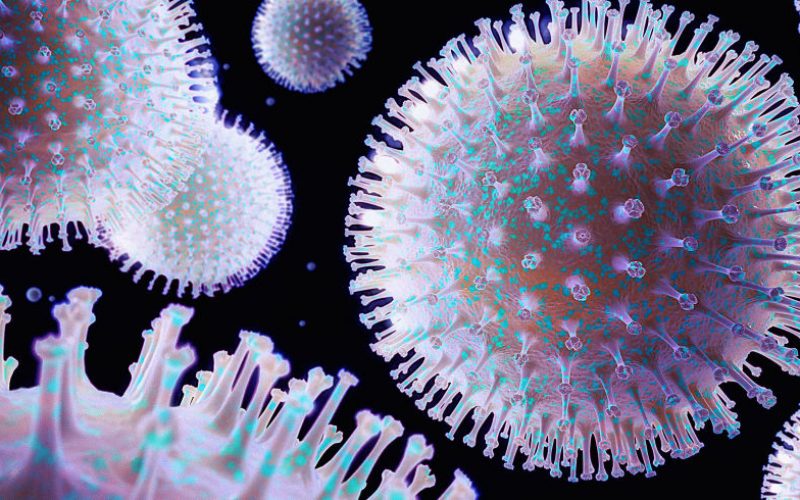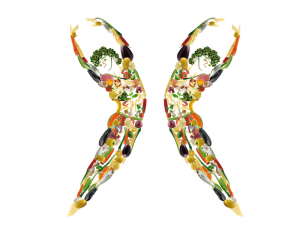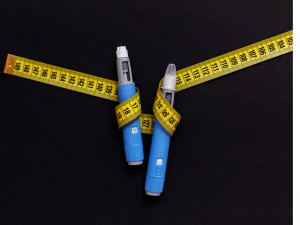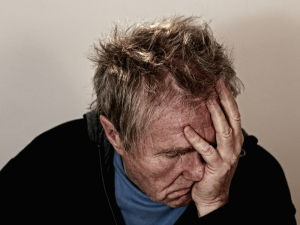About 50% of people with back pain following a disc herniation develop bone oedema, inflammation, or bone marrow lesions within a vertebral body. These are known as Modic changes and are related to poor healing and recurrent disc herniation. Their presence is significant because it was an independent predictor of intense and disabling low back pain episodes affecting recovery time and exercise therapy.
How are Modic Changes Diagnosed?
You need Magnetic resonance imaging (MRI) scans to diagnose Modic changes. Indications for imaging would be a person reporting constant, unrelenting back pain, which is present 24 hours a day and making it difficult for the person to sleep, work or carry out the normal activities of daily living.
These patients also developed back pain, whereas the main problem they presented while having the lumbar disc herniation was pain radiating into one or both legs.
Significance of Modic Changes
There are four types of Modic changes
- Type 0 – normal disc and vertebral body appearance.
- Type I – the presence of bone marrow oedema within vertebral body and hyper-vascularisation.
- Type II – fatty replacements of the red bone marrow within the vertebral body.
- Type III – subchondral bone sclerosis.
Studies suggest that there is a strong relationship between Modic type 1 changes and chronic low back. It is considered being one of the leading causes of low back pain after spinal stenosis or disc herniation. Patients with lower back pain who show Type 1 Modic changes may be at increased risk of experiencing poor treatment outcomes.
The back story
Dr Michael Modic first mentioned this in 1988. However, the danish physiotherapist Hanne Albert was the first to describe this connection between a previous herniation and new Modic changes in the adjacent vertebra. Together with Joan Solgård Sørensen, a radiologist, they developed three theories behind Modic changes; a bacterial cause, a mechanical cause, and a rheumatological cause.
I was fortunate to meet Hanne Albert at an international spine and pain conference in 2013, where she presented her study on Modic changes and antibiotics therapy. Her well-received research was funded by the Danish Rheumatism Association and other foundations and carried out in university hospitals in Denmark. Albert’s findings were published in the peer-reviewed European Spine Journal.
Bacteria as a cause of back pain
Albert’s research looked at how to treat the bacteria that living in the disc. Interestingly, spinal discs have no blood supply, which provides the perfect anaerobic atmosphere. The bacteria in the disc produce propionic acid, which leaches out of the disc into the bone; it then corrodes, causing extremely painful micro-fractures. It is the bones that hurt rather than the disc itself.
This well-designed double-blind RCT showed that the antibiotic treatment of chronic lower back pain caused by swelling of the spinal vertebrae is more effective than placebo at reducing back pain and disease-related disability. However, as strong as this research is, it is not definitive. Further research is needed to confirm these findings before any treatment is likely approved and licensed for routine use in the UK. There will also need to be extensive safety investigations.
Albert’s astounding series of discoveries has led to the advent of MAST (Modic Antibiotic spine therapy). This revolutionary, simple, and extraordinarily effective treatment is appropriate to 20-40% of all chronic low back pain; for those with the MAST diagnosis, this treatment can cure up to 80% of them.
Conclusion
Modic-related low back pain accounts for perhaps 20-40% of all chronic low back pain. The cause of Modic changes is still being debated in scientific medical research. Treatment of Modic-related low back pain is more or less leaning towards conservative treatment with surgery reserved for the most challenging cases or those that involve significant neurological impairment such as numbness and weakness. However, the discoveries of Hannah Albert and her team require us to reconsider our understanding of chronic low back pain.
Ref:
Antibiotic treatment in patients with chronic low back pain and vertebral bone oedema (Modic type 1 changes): a double-blind, randomized clinical controlled trial of efficacy Albert H B, et al. https://www.ncbi.nlm.nih.gov/pmc/articles/PMC3631045
Rwww.nhs.uk/news/2013/05May/Pages/Antibiotics-may-help-ease-chronic-back-pain.aspx
Please note: This is for guidance only; it should not be considered a substitute for medical advice, diagnosis or treatment given in person by an appropriately trained health professional.







